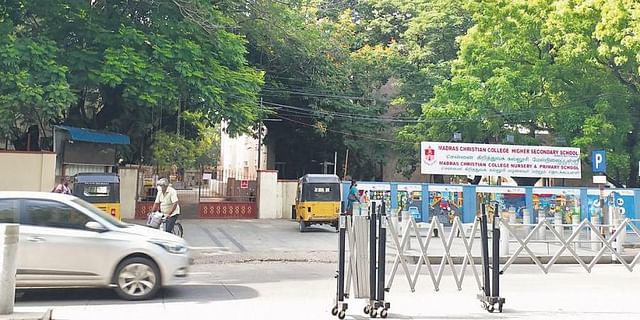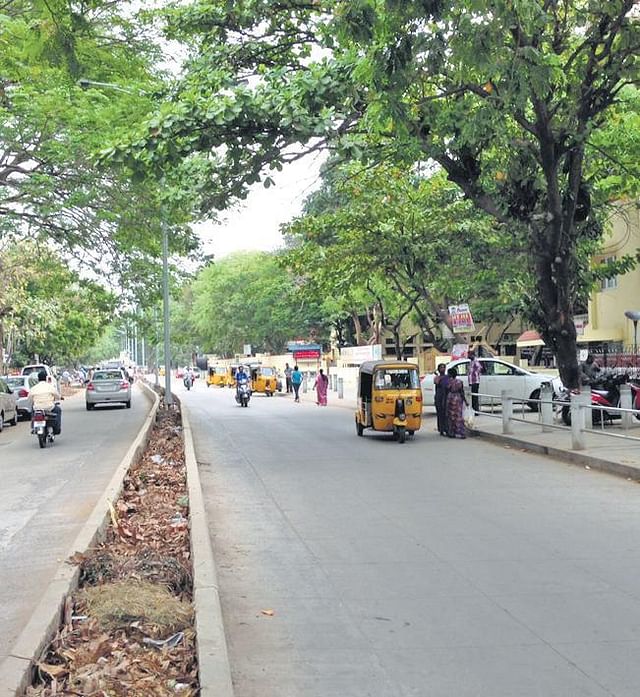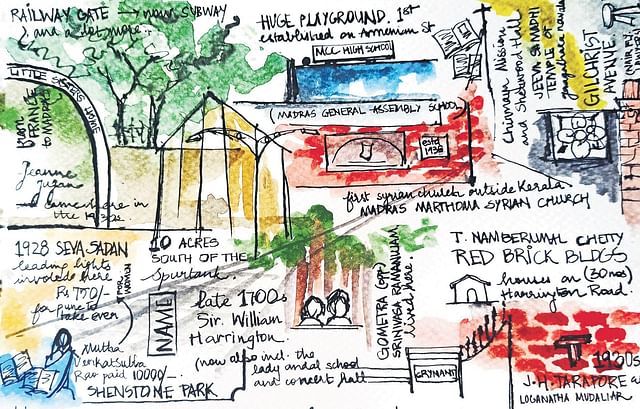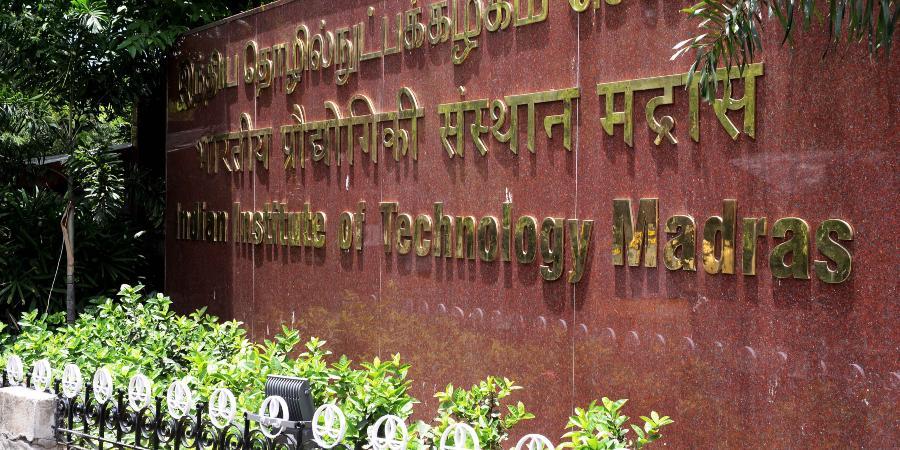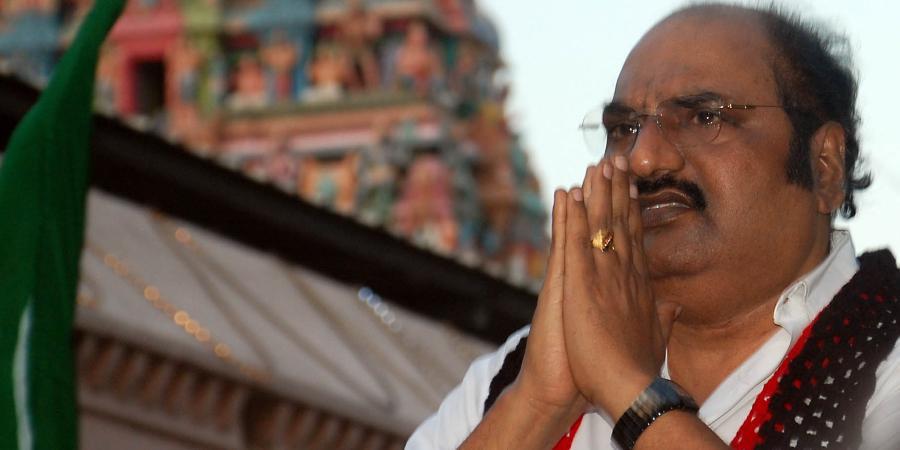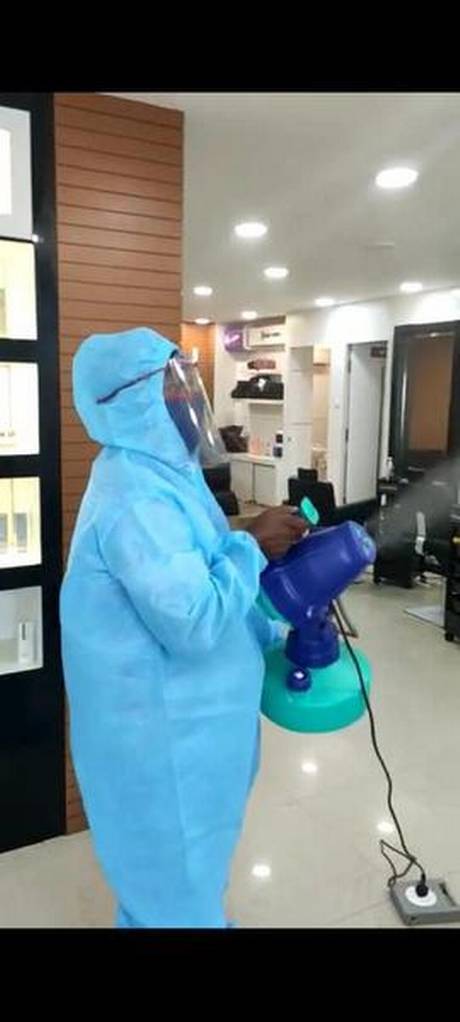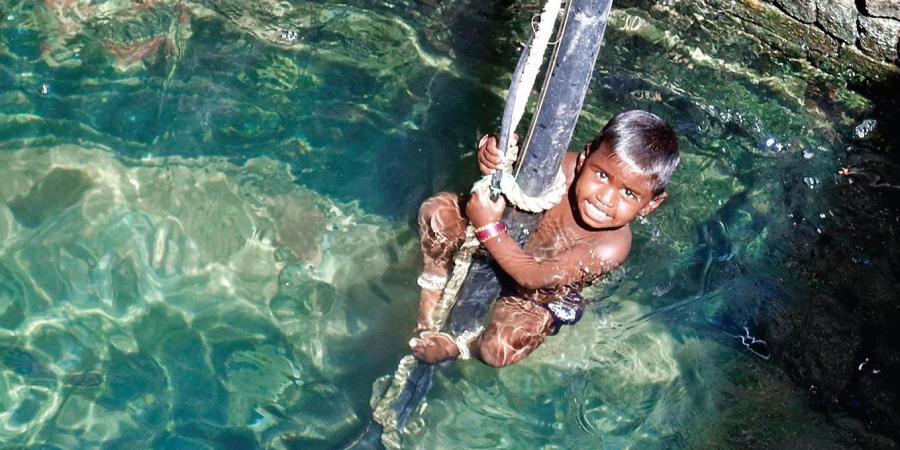TAMIL NADU / OVERSEAS:
Spread from South Africa to Malaysia and Singapore in south-east Asia, the diaspora members involved themselves in the Indian freedom struggle. Some others, though having no direct relation to the national movement, led such a life that motivated those in India to carry on their struggle against the colonial regime.
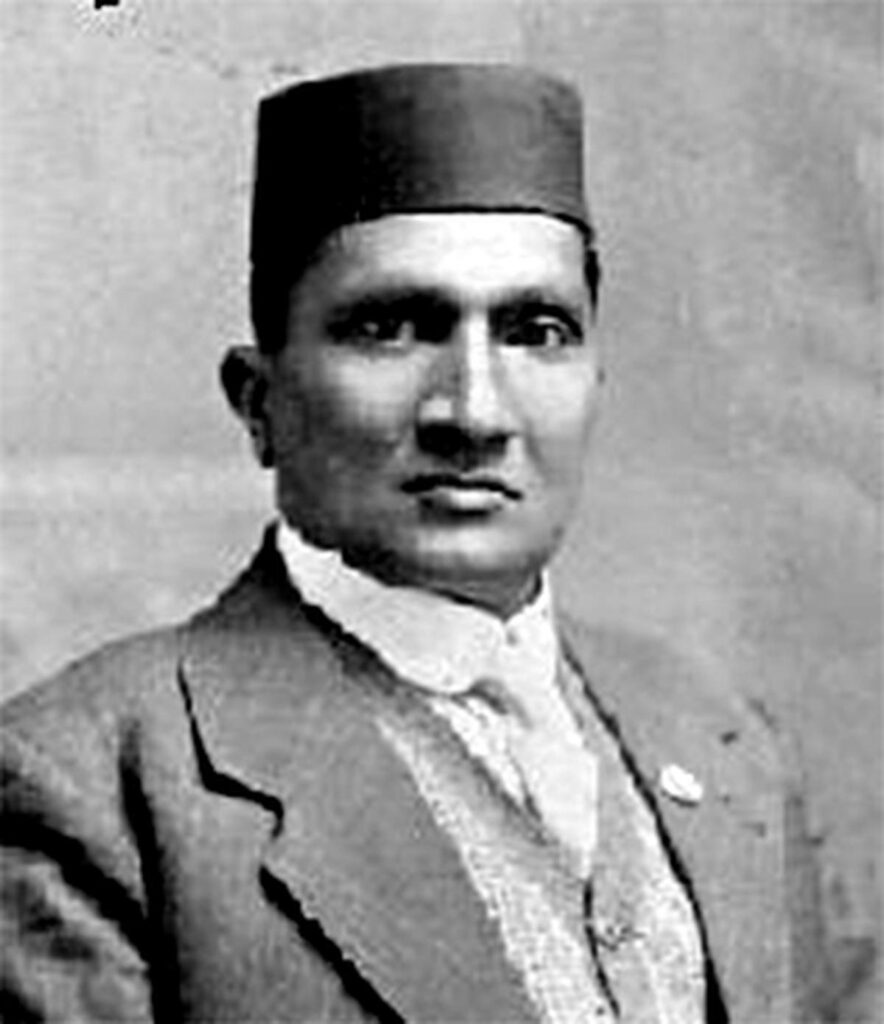
The contributions of Indian Tamil diaspora in the field of public life in the early part of the 20th Century carry many inspiring accounts. Some of them had involved themselves in the Indian freedom struggle while some others, though having no direct relation to the national movement, led such sterling lives that motivated those in India to carry on their struggle against the colonial regime. The Tamil diaspora’s presence was spread from South Africa to Malaysia and Singapore in south-east Asia.
Giving an account of the work of the Tamil community, S.N. Nageswara Rao, who headed the Department of Historical Studies at Sir Theagaraya College, in a recent publication of the Tamil Nadu government, Tamil Nadu’s Contribution to the Freedom Struggle, said, “Its [the Tamil diaspora’s] role is not a small part in the large national project. Its size and location in the strategic colonies ensured a bigger role for Tamils, manifest in the scale of mobilisation. Their crucial and emphatic efforts enhanced several fold the momentum of the struggle.”
A story to remember
The story of the diaspora can be best illustrated through the work of Govindaswamy Krishnaswamy Thambi Naidoo (1875-1933), Gangathura Mohambry Naicker (1910-1978), also called Monty Naicker, and Janaky Athi Nahappan (1925-2014).
Speaking of Thambi Naidoo, Mahatma Gandhi, in his book Satyagraha in South Africa (1928), mentioned, “He had never seen India. Yet, his love for the homeland knew no bounds. Patriotism ran through his very veins. His firmness was pictured on his face.”
Naidoo, the first president of the Transvaal Indian Congress, was born in Mauritius but his family’s roots were in Thanjavur district. He was a key member of the Satyagraha campaign led by the Mahatma during 1906-14. An article published by Frontline, a sister publication of The Hindu, in the issue of October 15-28, 1988, says that when, in 1906, Gandhiji sought to broaden the base of his political initiatives against the Smuts Administration, he turned to Thambi Naidoo. “But each step Thambi Naidoo took was extraordinary — extraordinary in its strength and resoluteness.”
During the picketing of Registration Offices in July 1907, Naidoo was the first to be arrested. He was given 14 days’ imprisonment. On December 28 that year, he was charged for refusing to register and sent out of Transvaal. When he refused to obey the orders, he, along with Gandhiji, was arrested on January 10, 1908 and sent to jail, points out the article carried in Tamil Nadu’s Contribution to the Freedom Struggle.
Born to a successful businessman who was into export of fruits, Monty Naicker was sent in 1927 to Edinburgh and Dublin to complete his matriculation and medical education. He returned in 1934 and began a medical practice in Durban. He was a member of the Liberal Study Group before he joined the Natal Indian Congress (NIC). Monty Naicker also participated in unionising Indian workers, according to an article authored by Surendra Bhana in a site (https://omalley.nelsonmandela.org/index.php /site/q/03lv02424/04lv02730/05lv02914/ 06lv02917.htm), which is hosted by the Nelson Mandela Foundation.
A Gandhian more than a Marxist, Naicker had a passion for freedom and justice, and believed that the best way to achieve them was to demand fully what rightfully belonged to Indians as citizens of the country, according to the article. Explaining the rationale behind Naicker’s approach towards his work in public affairs, a report in The Hindu on September 6, 1943, quoted him as saying that “a voteless, voiceless community, such as Indians in South Africa, could not expect to remain silent when suppressed with legislation. Therefore, they had to appeal to India.” The fighter, who favoured multi-racialism, also made it clear more than once that his struggle was not directed against the white people of South Africa but against injustice.
Faith in Netaji
Janaki Athi Nahappan (1925-2014) was one example of the Indian diaspora who took part in the freedom struggle directly. She was a member of the Indian National Army (INA) headed by Subhas Chandra Bose. She rose to the rank of Captain and Second-in-Command of the Rhani of Jhansi Regiment and during World War II, she fought against the British on the Burma-India border, Dr. Rao writes.
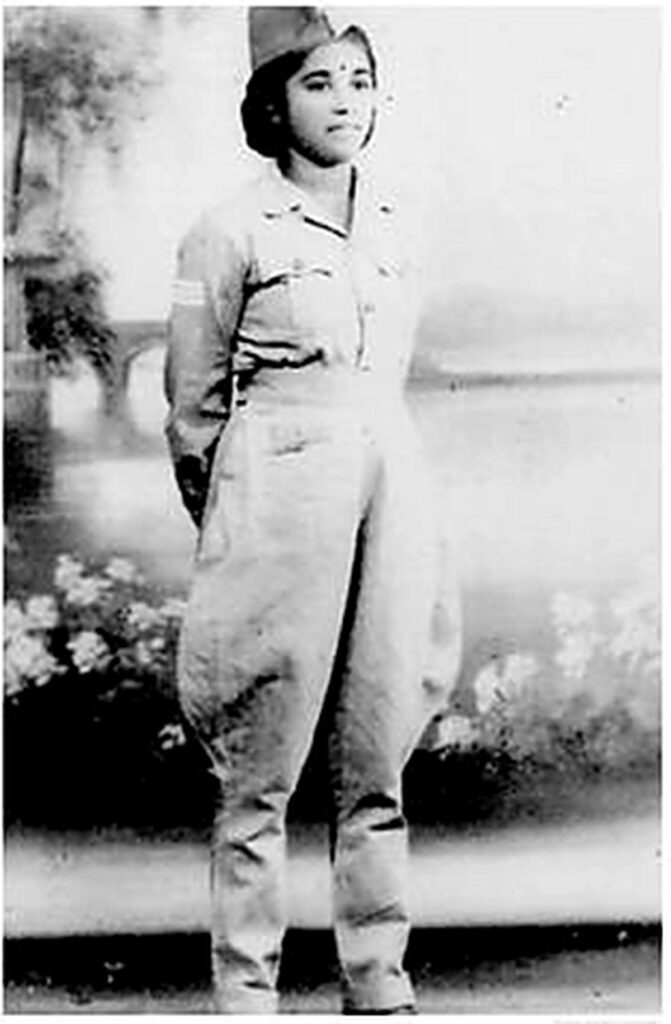
Born in Kuala Lumpur, Nahappan grew up in a well-to-do Tamil family in Malaya and was only 17 when she responded to Bose’s call to persons of Indian origin to give whatever they could for the fight for Indian independence. Twenty-five years ago, while participating in an event to receive an award in Eluru of Andhra Pradesh, she said she thrust her diamond ear rings and gold chain into his hands as her contribution towards the war fund. She pleaded with her parents, who were of Indian origin, to sign the papers permitting her to serve in the INA, according to another news item carried by The Hindu on February 3, 1998.
Stalin Gunasekaran, writer, who authored a book on the contributions of Tamils to the freedom struggle nearly 20 years ago, recalls his meeting with her. He said she, also known as Janaky Thevar, was one of the Tamil women who accounted for 75% of the strength of the Regiment. In 2000, the Indian government conferred on her the title of Padma Shri.
source http://www.thehindu.com / The Hindu / Home> News> India> Tamil Nadu / by T Ramakrishnan / November 07th, 2023
